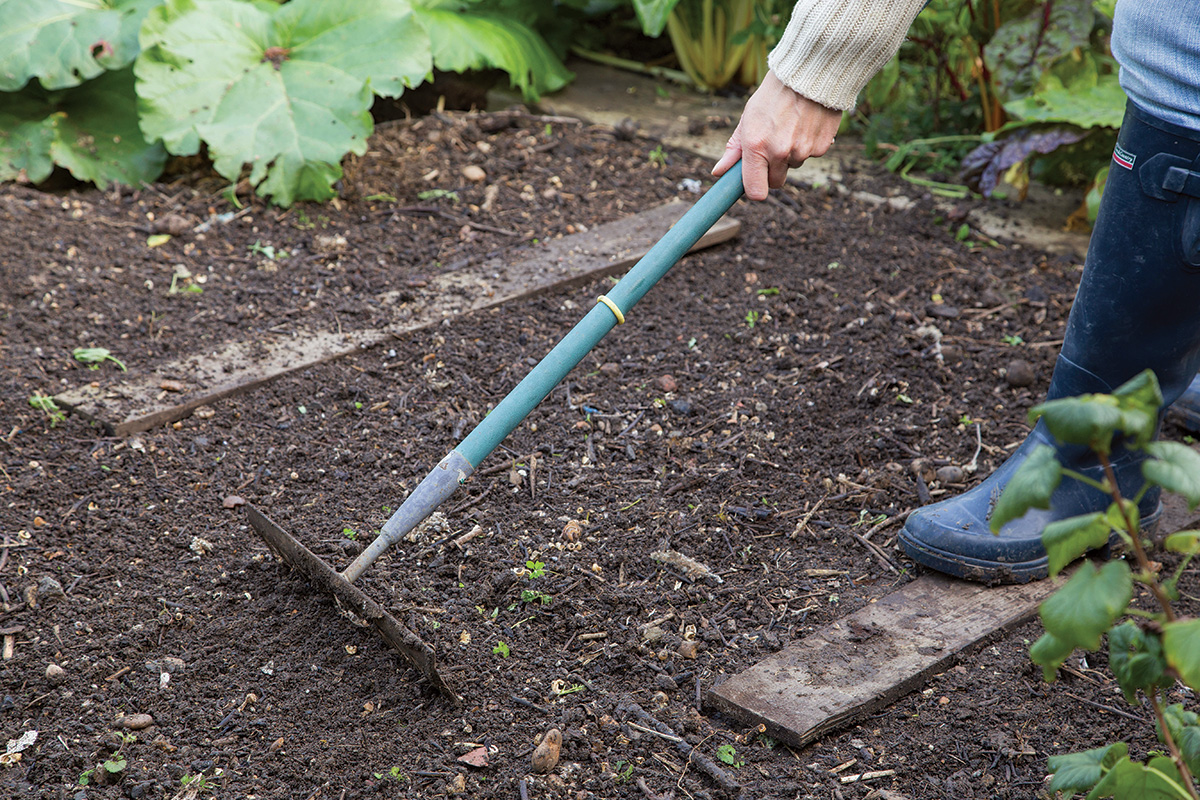How to Use Cover Crops to Improve Soil
These are the only plants you’ll be happy to kill

Productive vegetable gardening is all about soil fertility. The underlining principles of maintaining healthy soil are keeping the soil covered as much as possible, disturbing the soil as little as possible, keeping plant roots growing in the soil throughout the year to feed the soil, and diversifying the plants in the garden. Cover cropping helps achieve all of these goals and ultimately is an economical way to maximize fertility in garden beds while improving the yield and quality of your harvested produce.
Learn more: Best Plants for Cover Crops
Yes, you could haul in aged manure and compost to top-dress your garden beds every year, as many farmers do. But a simpler way of adding organic matter to your garden is by growing it right in place. Cover cropping is an inexpensive technique that involves no heavy lifting or moving of materials. Just scatter the seeds to cover the soil, and keep them moist until germination. Once established, a cover crop reduces weed pressure and nearly eliminates wind erosion of top soil. Moreover, once the cover crop has been turned in, it will decompose, adding beneficial nutrients and organic matter in the form of a nitrogenous material to the garden. Cover crops feed the soil, fostering microbial activity and contributing to overall soil health. And they’re planted at times when the garden bed might otherwise be empty. Sometimes called green manure, they can be grown between seasonal vegetables or after a garden is harvested and cleared as an alternative to leaving the beds fallow over winter.
Knowing the benefits will justify the effort

Cover crops can jump-start the cycle of soil biology by feeding the many living organisms found in the soil. Symbiotically, the microbial fungi and bacteria in the soil provide nutrients needed by plants, such as nitrogen and phosphorus. Additionally, earthworms and other beneficial soil-dwelling organisms eat the bacteria and fungi, and in turn the entire soil food web benefits from the sowing, growing, and digging in of cover crops. As the numbers and diversity of soil organisms increase, the tilth becomes more aerated, which is also a benefit to plants.
As if all that weren’t enough, soil bacteria are triggered into providing nitrogen to leguminous cover crops such as beans and peas, and that nitrogen—essential to plant growth—becomes fixed in the soil and available for the crop that follows. Cover crops also hold soil in place with their quick-to-establish root systems, successfully decreasing soil loss through erosion by wind and rain. Taprooted cover crops (such as oilseed radish) help reduce soil compaction, which is detrimental to proper plant growth. Their roots deeply penetrate and aerate soil, which encourages better moisture infiltration and reduces runoff. Also, a fair amount of organic matter is produced by cover crops. Once cut and turned into the soil, it begins to decompose, adding voluminous amounts of organic matter, which is an essential component of healthy soil. Over time, the need for fertilization is reduced as nutrients are scavenged and stored by cover crops for use by the plants that follow.

What you plant depends on why you plant
What are you looking to achieve by planting cover crops? How you answer this question can help guide the decision on which crop to plant (and this determines when and how to plant it) to realize the greatest benefit. Compacted or clay soils, low fertility in sandy soils, erosion from a hilly or windy site, and a lack of organic matter are all challenges worthy of cover cropping. First, identify the problem in your garden that needs to be addressed. For instance, is it erosion, or the need for more organic matter? Mustard is one of the best options for preventing soil erosion, whereas legume crops (peas/beans) tend to do the best job at increasing the organic matter in soil. And remember, no space is too small for cover crops. They can be planted in beds (including raised beds) or just a tiny portion of a bed; the only prerequisite is the desire to improve the soil quality and fertility of the space.
Over the years I’ve planted cover crops, I’ve come up with a few tricks that facilitate success. Begin by raking the garden bed smooth. (At the Chicago Botanic Garden, we use a steel bow rake to level the grade of the vegetable garden beds, and we finish by finessing the surface with the back of a leaf rake. This helps to make the planting more uniform and roughs up the surface just enough for the seeds to really “stick.”) Then take a handful of seed and broadcast it evenly across the soil. Lightly rake over the surface to ensure the best seed-to-soil contact. Water the area well, and keep it moist until the seeds germinate. Also, be aware of your first frost date if planting in fall for a winter-kill cover crop. If planted too close to the first frost date, some varieties may establish poorly, defeating the purpose of planting the seeds in the first place.
Learn more: How To Get Rid of Cover Crops
Lisa Hilgenberg is the head horticulturist of the Regenstein Fruit and Vegetable Garden at the Chicago Botanic Garden.
Illustration: Elara Tanguy. Photos: gapphotos.com






Comments
Log in or create an account to post a comment.
Sign up Log in